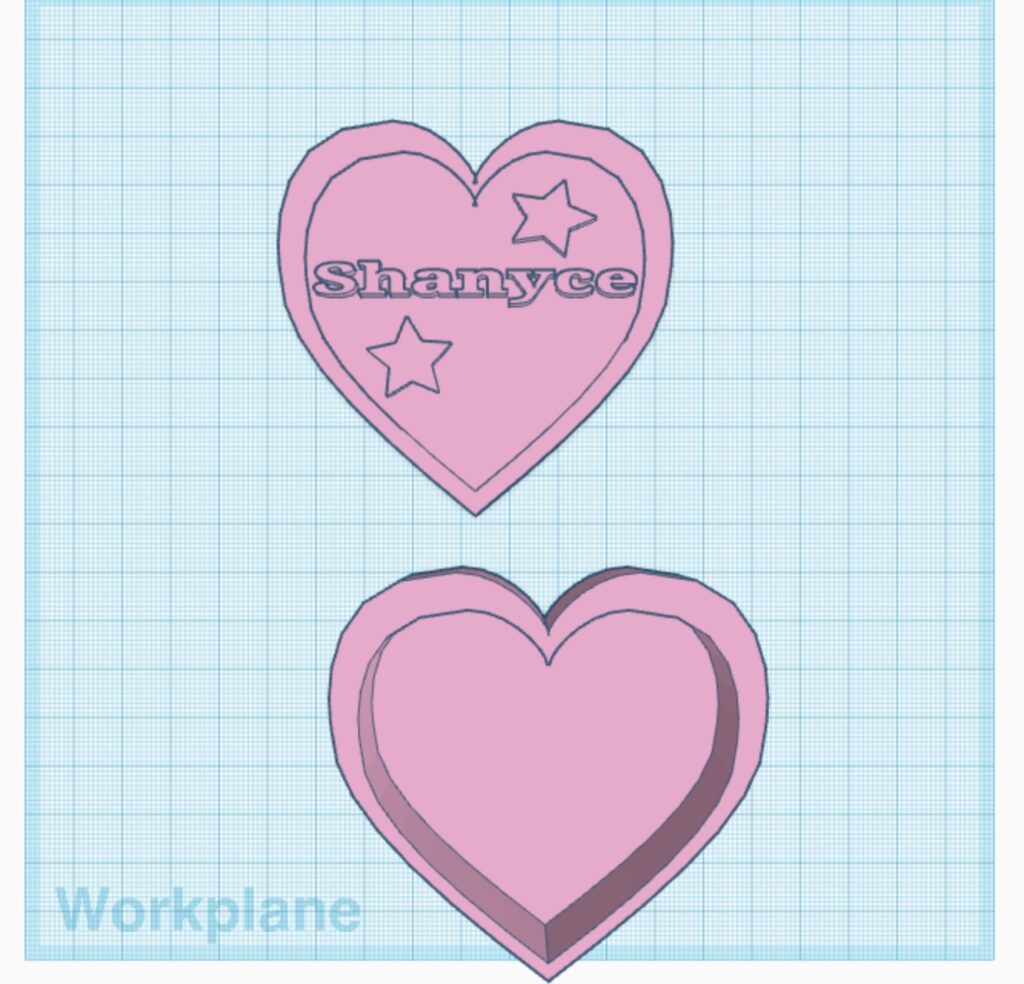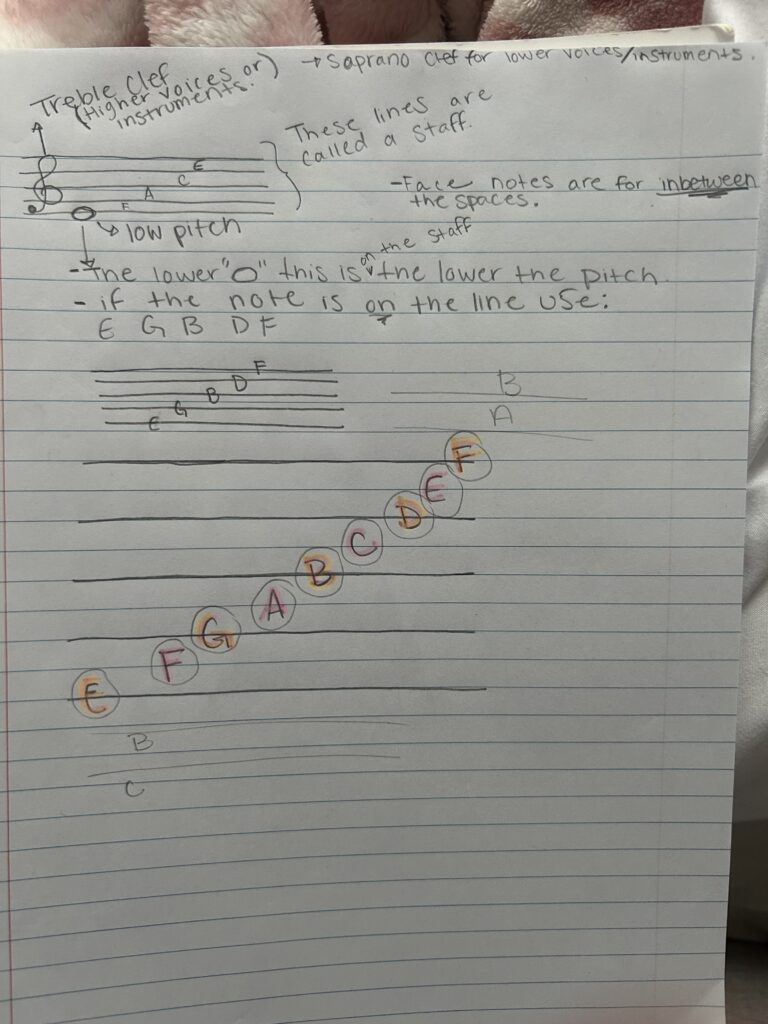Over the past week, I have set aside a bit of time to continue my progress with the ukulele. As the semster is getting busy, I did my best again to strum the instrument while following a video, and although I have not yet mastered it, I began watching tutorials on learning My little Sunshine on Youtube. As a result of our technology class a few weeks ago regarding generative AI, I thought I would ask it some questions about tips and resources it may have for my learning.
Check out some of the resources it gave me!

I’ve found Chat GPT to be very useful because it has given me resources I had never heard of. Like stated above, I have never heard of the apps listed, and I am going to make it my goal to download and play one of them. As this is an independant learning project, I find it helpful to have all of these resources to support me along the way. I have been having trouble learning and keeping up with the beats and chords in my own music class, so listening in to my students in practicums music classes has been the biggest help. Being taught this at a very basic and beginner level is exactly what I need. Because of this, their music teacher showed me the site MusicPlayOnline, and it includes lesson plans and grade levels for teachers, games and quizzes. I am also going to continue to check out this site for any additional resources.
I like the video below alot because it only includes 3 chords, C, F and G7. This is simple enough for me to teach to myself and get me comfortable beginning to play a song!






